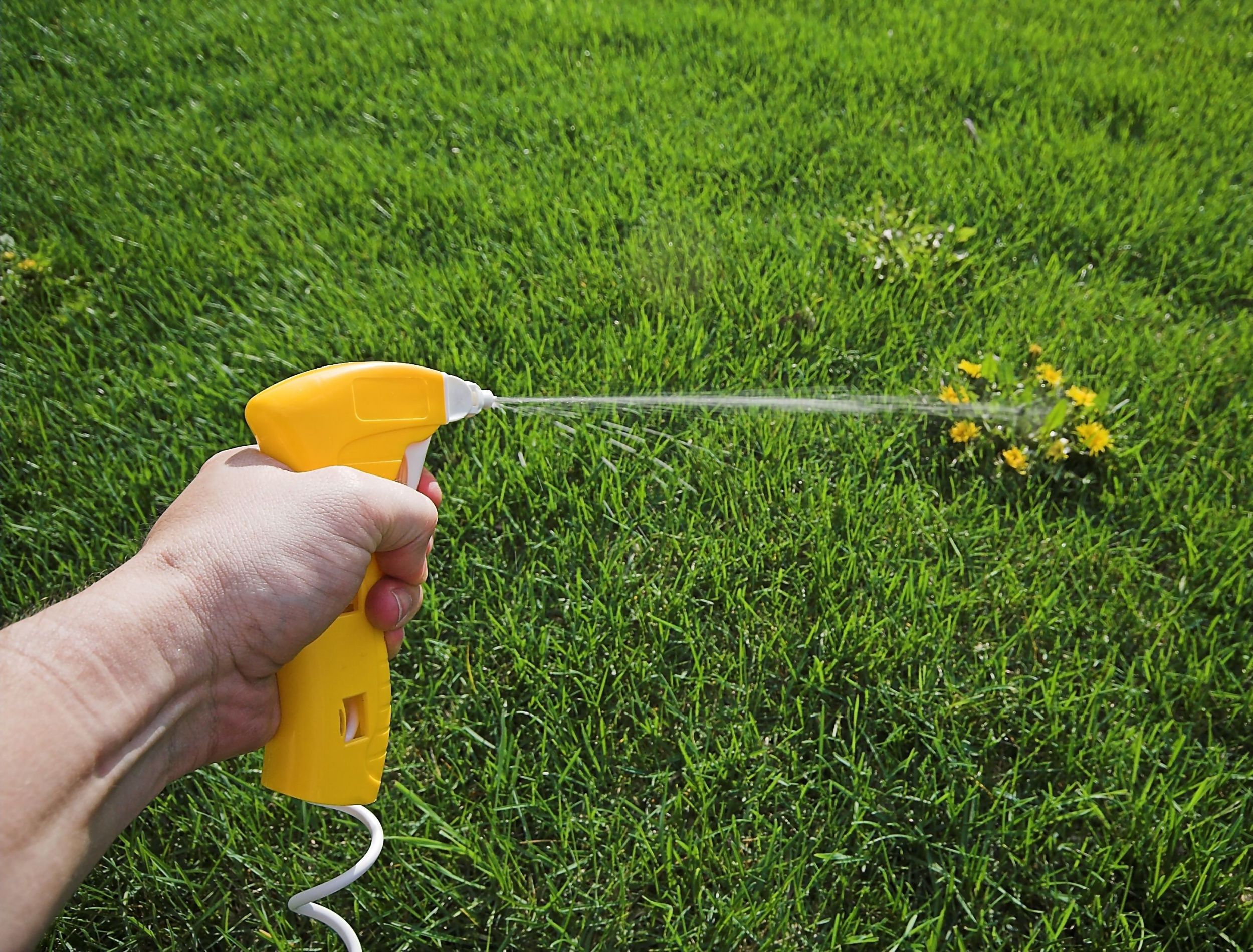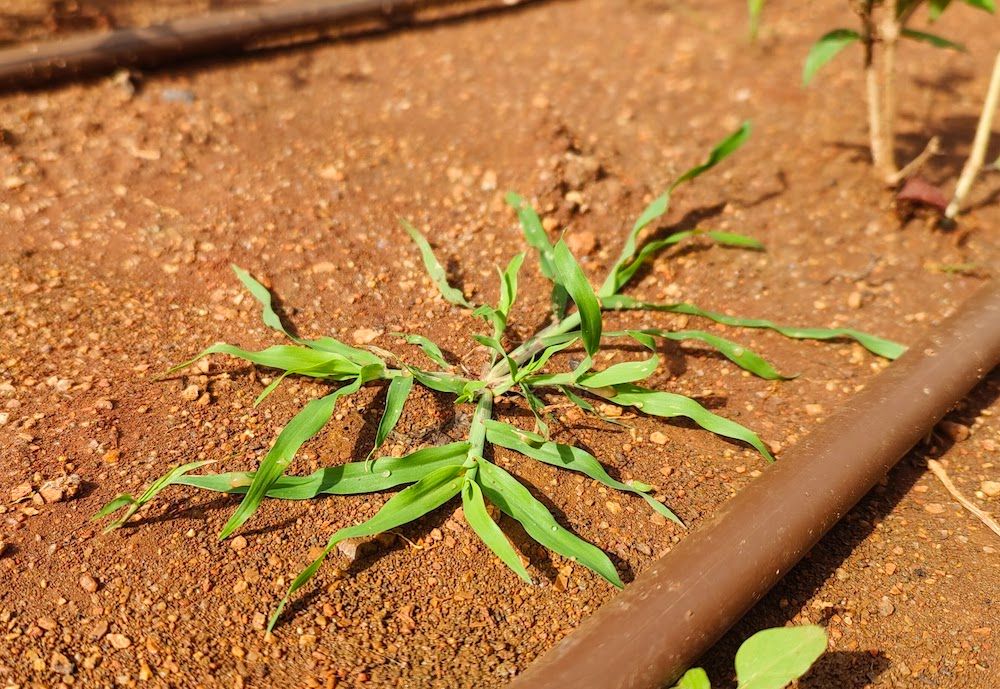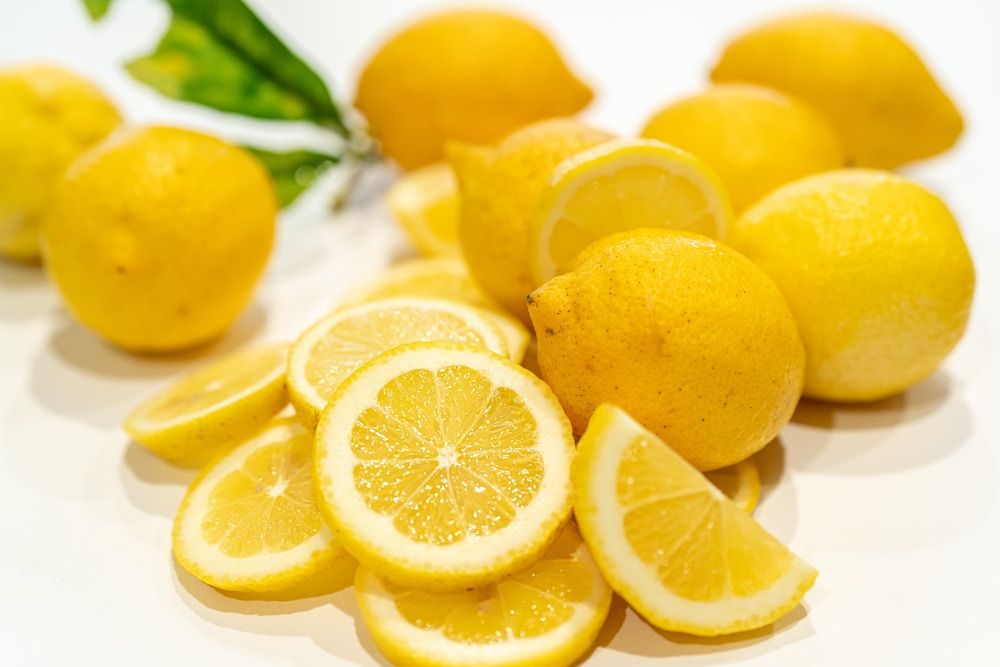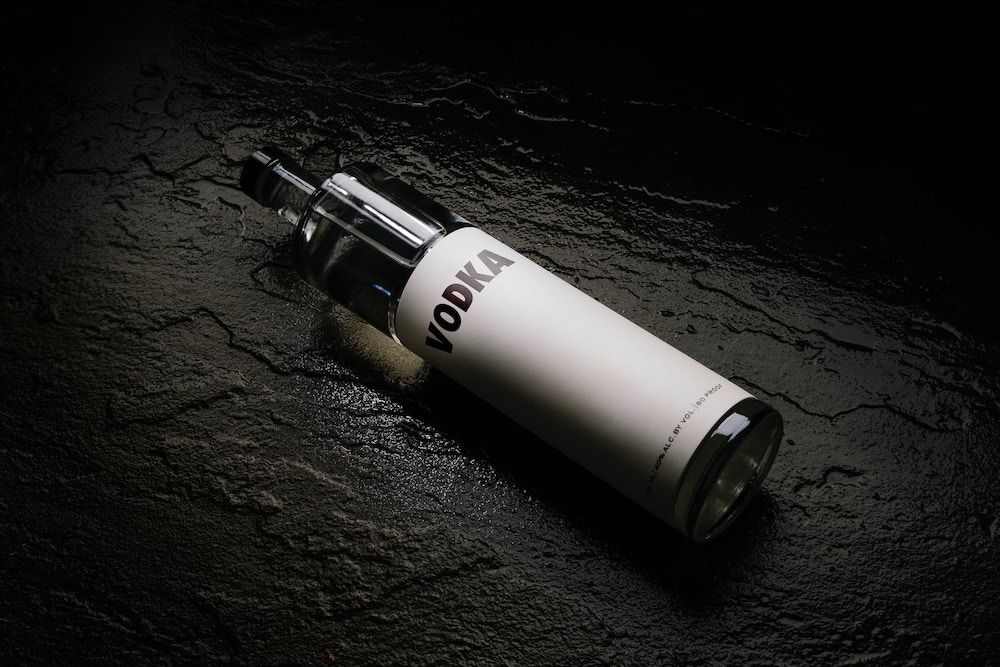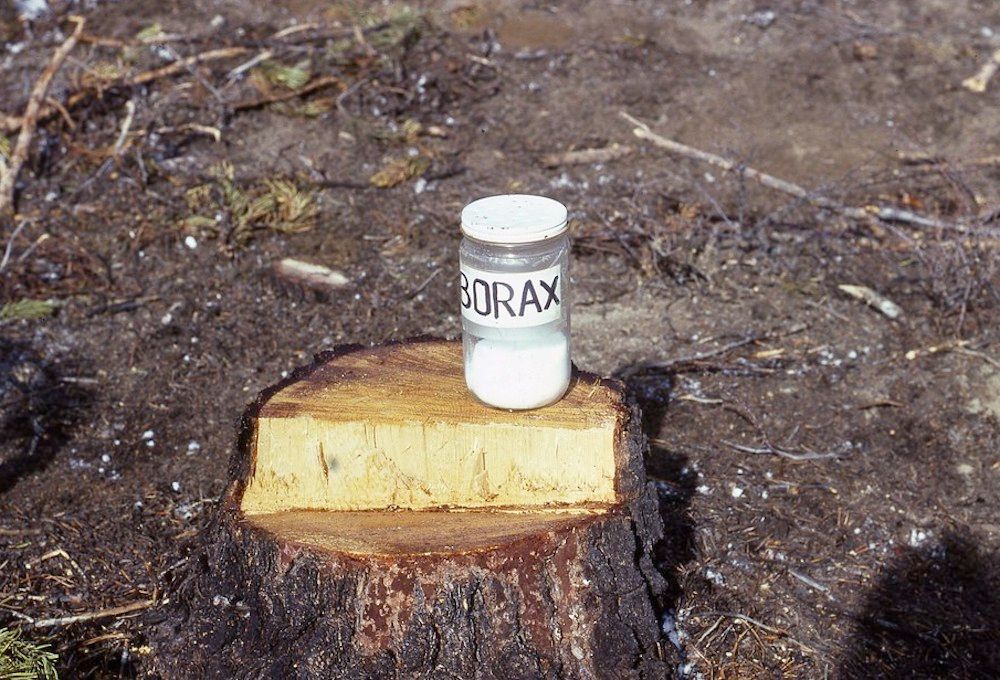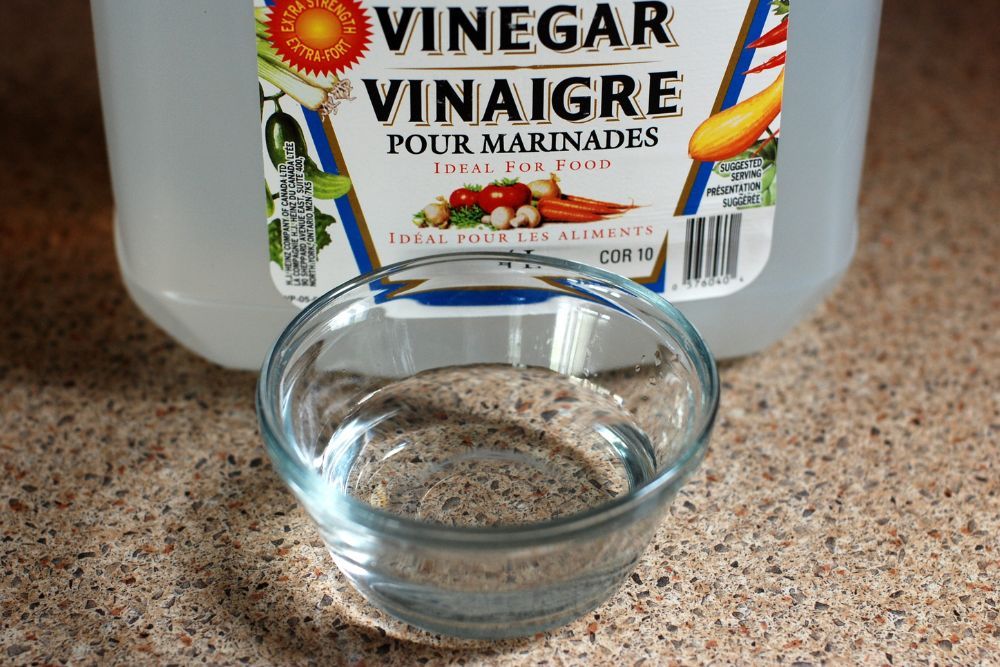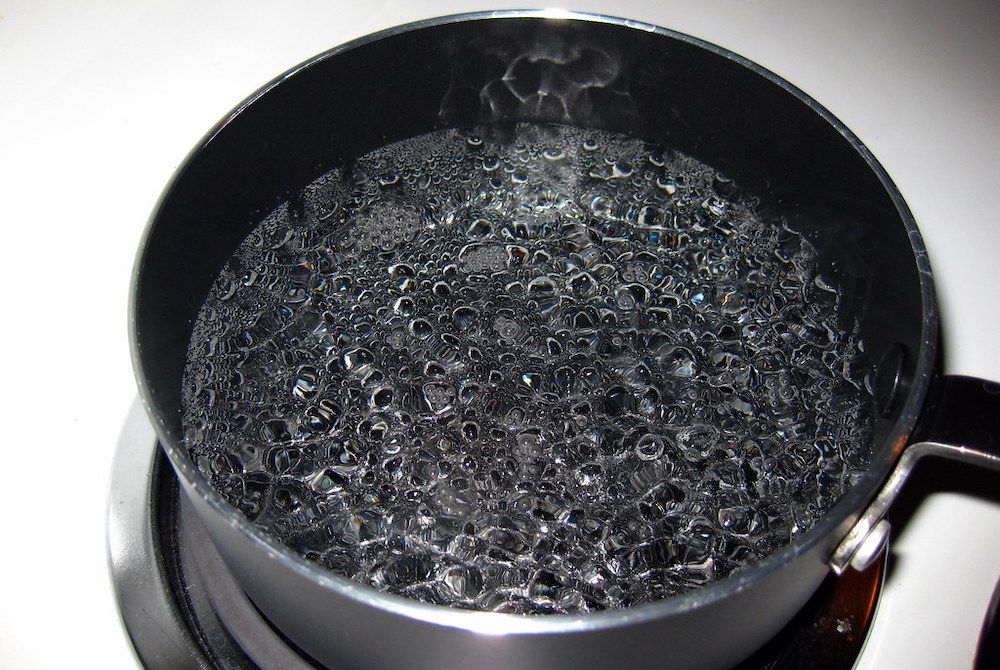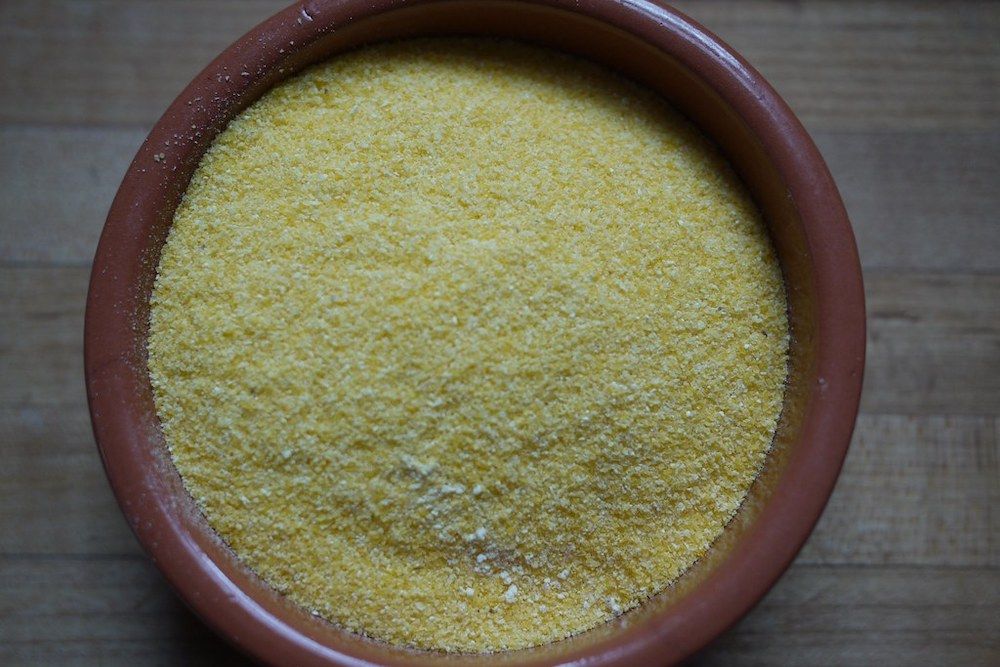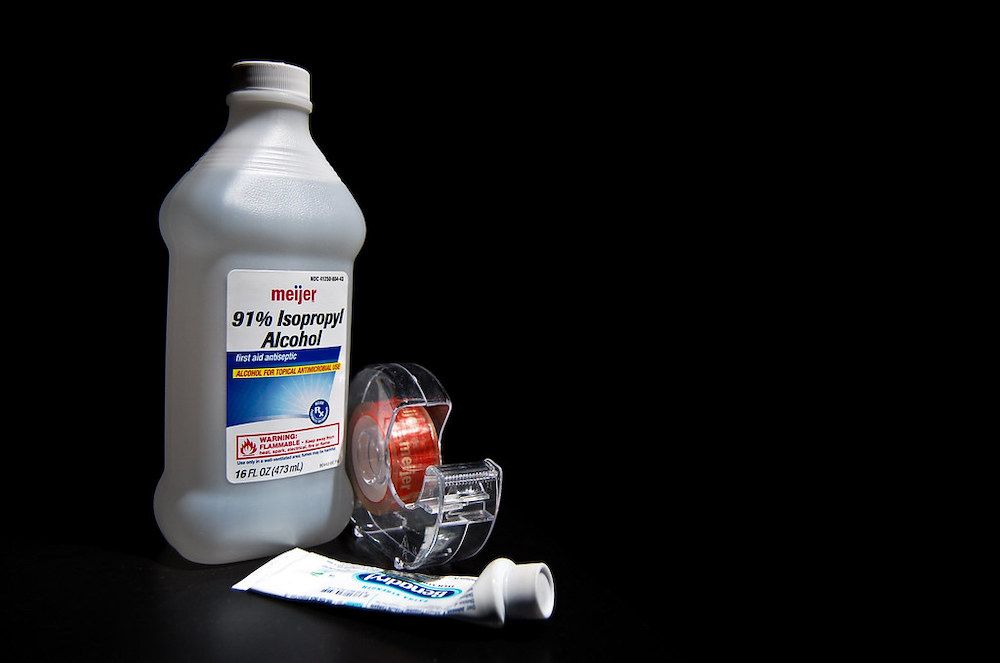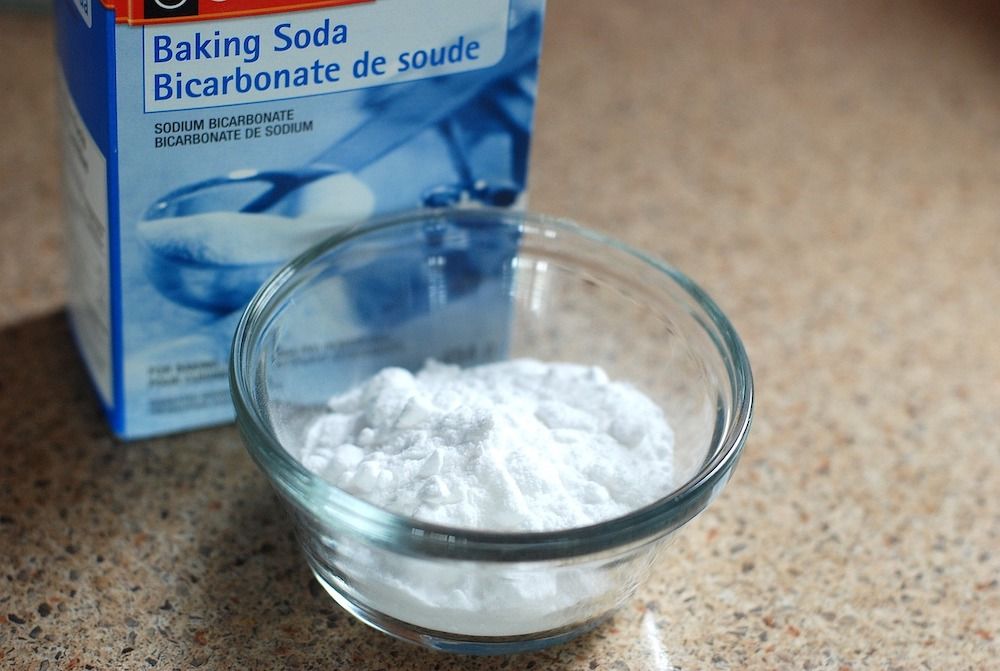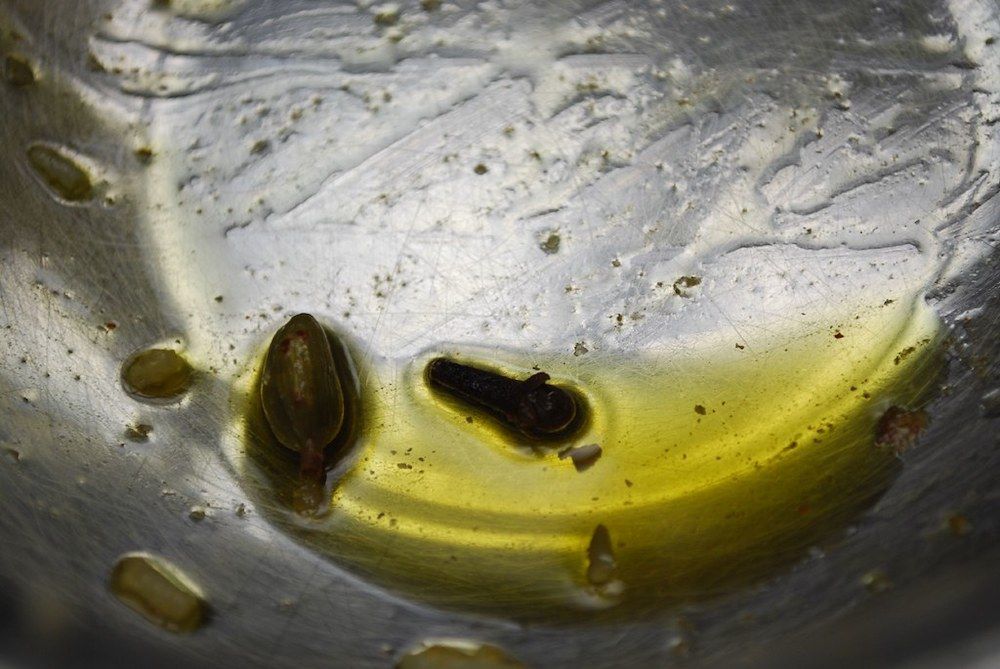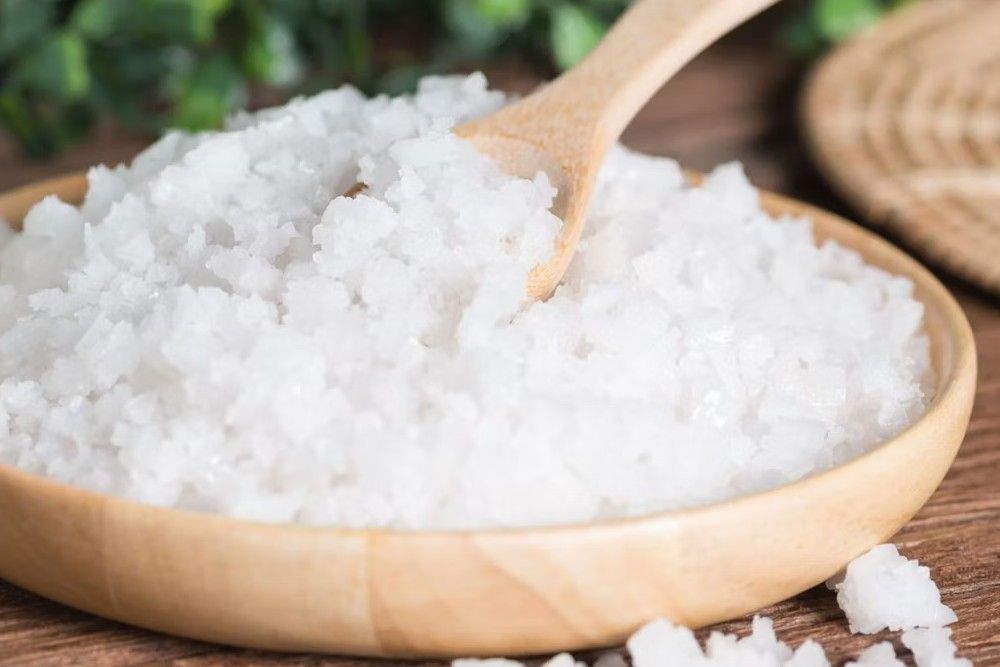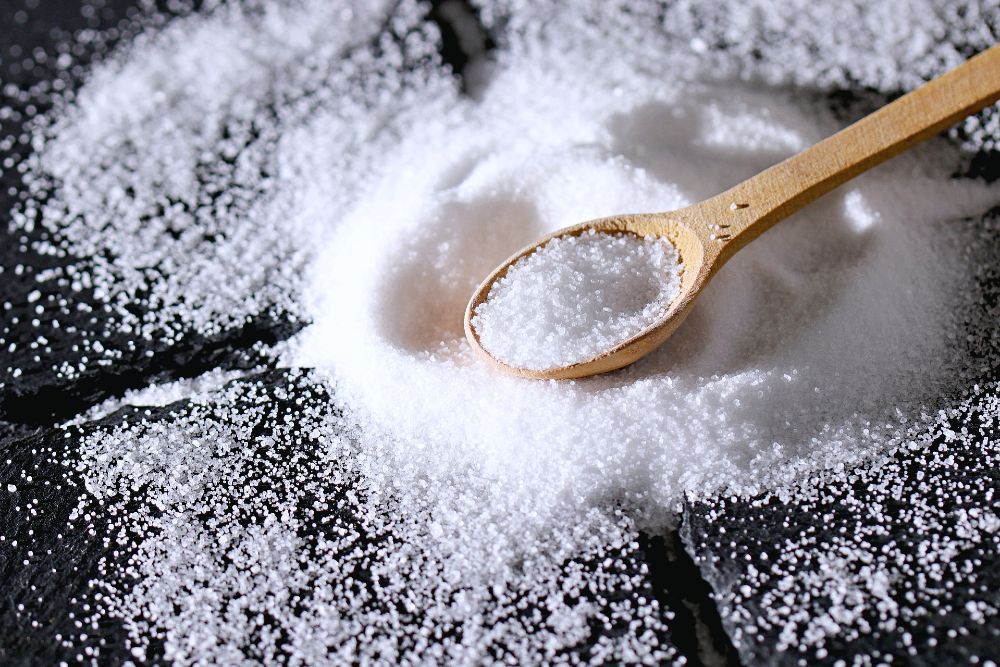Key Takeaways
- Opt for eco-friendly DIY weed killers to transform your gardening into a sustainable practice, preserving the health of your plants.
- DIY weed killers give you control over eradicating weeds and introducing fewer chemicals to your garden ecosystem.
- Embracing eco-friendly alternatives promotes a balanced garden ecosystem that nurtures beneficial insects, birds, and microorganisms.
Opting for eco-friendly DIY weed killers can help you transform your gardening routine into an eco-friendly and sustainable practice. These natural solutions allow you to combat stubborn weeds while preserving the health and vitality of your plants.
With DIY weed killers, and depending on the ingredients you use to make them, you have complete control over how you want to eradicate weeds in your garden and how many chemicals you want to introduce to your garden ecosystem. To play it safe, you can use simple and readily available ingredients like vinegar, salt, and dish soap to tackle unwanted weed growth.
Embracing environmentally friendly alternatives promotes a balanced garden ecosystem that nurtures beneficial insects, birds, and microorganisms. So, grab your gardening gloves and explore the world of DIY weed killers that put the power of natural solutions in your hands for a greener, more vibrant garden.
What Are Weeds?
In the world of plants, weeds stand apart due to their undesirable traits. These renegades sprout where they're not wanted, sometimes sporting unique features that lead to them being misunderstood as exotic plants. Weeds compete for resources from the soil, depriving other plants of essential nutrients and water.
However, the positive side of weeds lies in their ability to maintain biodiversity and ecological balance. They help prevent soil erosion, replenish the soil’s organic matter, and absorb carbon dioxide from the atmosphere, thereby positively impacting global warming.
The Different Types of Weeds and Their Classification
There are around 250,000 weed species, with 8,000 of them being particularly widespread. Despite their diversity, you can classify weeds into three main types: grassy, grass-like, and broadleaf. Additionally, their life cycles fall into three categories: annual, biennial, and perennial. Understanding their life cycles is crucial because it helps determine the most effective ways to deal with them using weed killers and other management strategies.
|
Annuals |
Biennial |
Perennial |
|
|
|
Some weeds on this list double as desired plants, serving dual roles as both unwanted invaders and valuable additions to the garden or landscape. In short, one person's weed could be another person's dinner or prized plant!
10 DIY Weed Killers You Can Make at Home
Chemical weed killers are often associated with air, water, and soil pollution, posing risks to animals and human health. For example, weed killers that contain glyphosate have been heavily scrutinized for their health and environmental impacts.
Accidental exposure to glyphosate can cause eye and skin irritation, nausea, and vomiting. Intentional ingestion can be fatal for humans and pets. The good news is that you can rid of weeds using basic ingredients. Here's a guide on how to naturally kill weeds with a DIY weed killer.
1. Lemon and Vinegar
When heat from the sun reacts with the citric acid in lemons, the acid burns the weeds away. Mix one part lemon with one part household vinegar in a spray bottle and spritz where needed. This natural lemon juice weed killer is an eco-friendly and non-toxic alternative to chemical herbicides.
2. Vodka, Dish Soap, and Water
Vodka and gin effectively burn off garden weed leaves but may not fully eliminate the roots. Mix 1 ounce of vodka, a few drops of liquid dish soap, and 2 cups of water in a spray bottle to make the solution. Apply the vodka solution under the sun's heat for increased intensity for optimal results. It works best on broadleaved weeds like dandelions and wild onions by stripping their leaves of a waxy coat, leading to weed dehydration.
3. Borax and Water
A borax-based weed killer is commonly used on lawns to target creeping Charlie or ground ivy. Mix 1 to 1½ ounces of borax per quart of water to create the solution. Before spraying, test your soil's boron levels with a pH strip to regulate the application frequency. Borax, also known as sodium borate or sodium tetraborate decahydrate, is well-known for its antifungal properties and is commonly used for fungus prevention. Borax stays in the soil for three years, and while a small amount doesn't affect plants, high amounts of boric acid can lower yield and lower the plant's ability to absorb nutrients from the soil. Remember to wear gloves when handling borax and be cautious only to spray the targeted weeds. Avoid spraying other plants as the solution could damage them. Target spraying will also help you avoid excessive borax on the soil.
4. Vinegar
The acetic acid in vinegar makes it an effective weed killer, but it's crucial to consider the vinegar's percentage. Typically, a 5 percent concentration of household vinegar works well. Mix 1 gallon of white vinegar with 1 cup salt and ⅛ cup of dish soap in a container, then transfer the solution to a spray bottle. Apply generously to weeds on a warm, sunny day. Be cautious, as this mixture can harm neighboring plants, and its residue in the soil might affect new crops in the sprayed area.
5. Boiling Water
Boiling water at around 212 degrees Fahrenheit can destroy plants' cellular structure. Boil water in a kettle or pot on the stove, then pour it generously over the weeds until they wilt. Repeat every seven to 10 days until the weeds no longer regrow.
6. Cornmeal Gluten
Originally used in hog feed, cornmeal gluten has gained recognition as a reliable alternative to chemical herbicides. It effectively prevents weeds like crabgrass and other grassy weeds from sprouting.
When applied to the soil, cornmeal releases nitrogen over three to four months, inhibiting invasive seeds from developing roots after germination. Timing is everything when using cornmeal gluten to kill weeds. Spread it generously over your garden in late March to April before weeds have the time to germinate. If timed correctly, weed seedlings that germinate will die sooner. If you're dealing with smaller areas, you can pull them out and toss the weeds into your compost pile!
For application, whether in powder, pellet, or granule form, use 20 pounds of corn gluten per 1,000 square feet of lawn. Apply before watering or rainfall, and let the process take effect.
7. Rubbing Alcohol
Rubbing alcohol effectively dries up and kills weeds. To use it as a weed killer, mix 1 part rubbing alcohol with 2 parts water in a spray bottle. On a sunny day, generously spray the solution over invasive plants in flower beds or vegetable patches.
8. Baking Soda
Baking soda eliminates weeds by increasing the soil's salinity, which draws water from plant cells and dries out their leaves. However, since baking soda is non-selective and can be toxic to plants, the salt levels in the soil must be kept in mind not to cause extensive damage.
Apply 1 teaspoon of baking soda per weed plant. Directly sprinkle it on the weed foliage, preferably in the morning, for better absorption. To transport baking soda to the roots, water the treated areas with about ½ to 1 inch of water unless there has been recent rainfall.
A single application might not be enough to kill the weeds, so a follow-up treatment is recommended after about four to six weeks for more effective results.
9. Clove Oil
Clove oil is highly effective in controlling broad-leafed weeds. To create a clove oil weed killer spray, add 10 drops of clove essential oil into an empty spray bottle and fill the rest with tap water. Close the bottle tightly and shake well. For best results, avoid spraying in direct sunlight, as light exposure may reduce the efficacy of the clove oil. Spray the solution on the weeds once a day for a week, and if the weeds persist, consider increasing the clove oil to 20 drops in the spray bottle.
10. Salt
Both fine-grained and coarse salt kill weeds effectively. Create a solution by mixing two parts water with one part salt and directly spraying it on the weeds, avoiding other plants. Consider the salt levels in your soil and target only the weeds to prevent damage to other plants from the salt solution.
11. Epsom Salt, Vinegar, and Dish Soap
The most effective way to eliminate weeds from your lawn, garden, or pathway is by combining Epsom salt, vinegar, and mild dish soap. Epsom salt dehydrates the weeds, vinegar's acetic acid burns and kills them, and dish soap helps the solution stick to the weed leaves.
To make the natural weed killer, mix 1 gallon of vinegar, 2 cups of Epsom salt, and ¼ cup of dish soap in a large container, then transfer it to a spray bottle. Spray the solution directly on the weeds, soaking the entire plant during the hottest part of the day for better absorption.
Wait a day or two to inspect the weeds; if needed, repeat the process. The frequency of reapplying the Epsom salt solution depends on the type of weed and its growth stage. Be cautious; the mixture is non-selective and will harm any plant it contacts. Apply only to the targeted weeds, avoiding other plants in the area.
Weeds No Longer!
DIY weed killers offer environmentally friendly alternatives to chemical herbicides for managing weeds in gardens, lawns, and pathways. From vinegar and Epsom salt mixtures to baking soda and clove oil solutions, these homemade remedies provide effective weed control without harmful side effects on the environment, animals, and human health. However, applying these solutions carefully and selectively is crucial, ensuring they only target the weeds while sparing desired plants.
Don’t forget to share this article with your family and friends!

